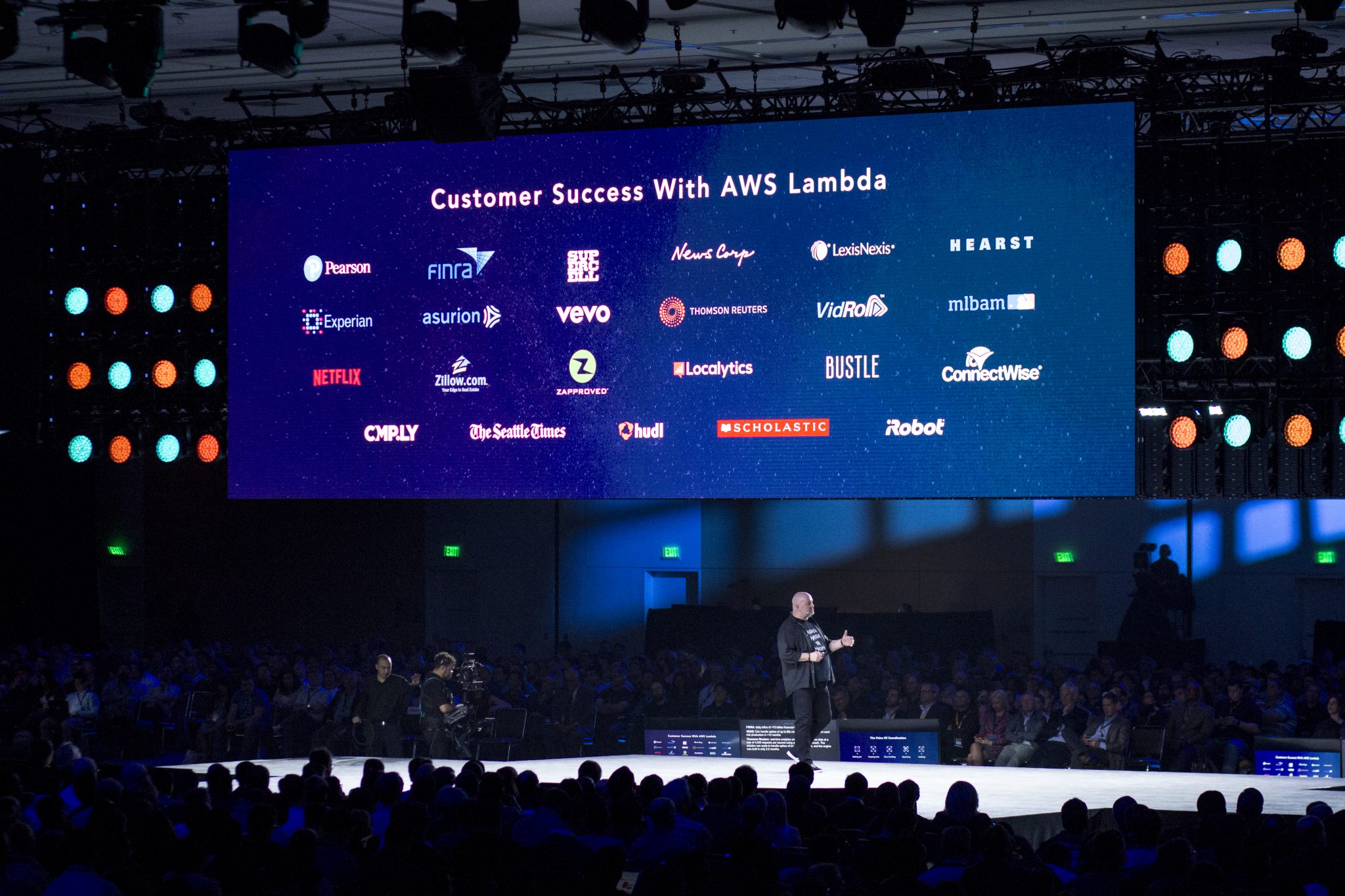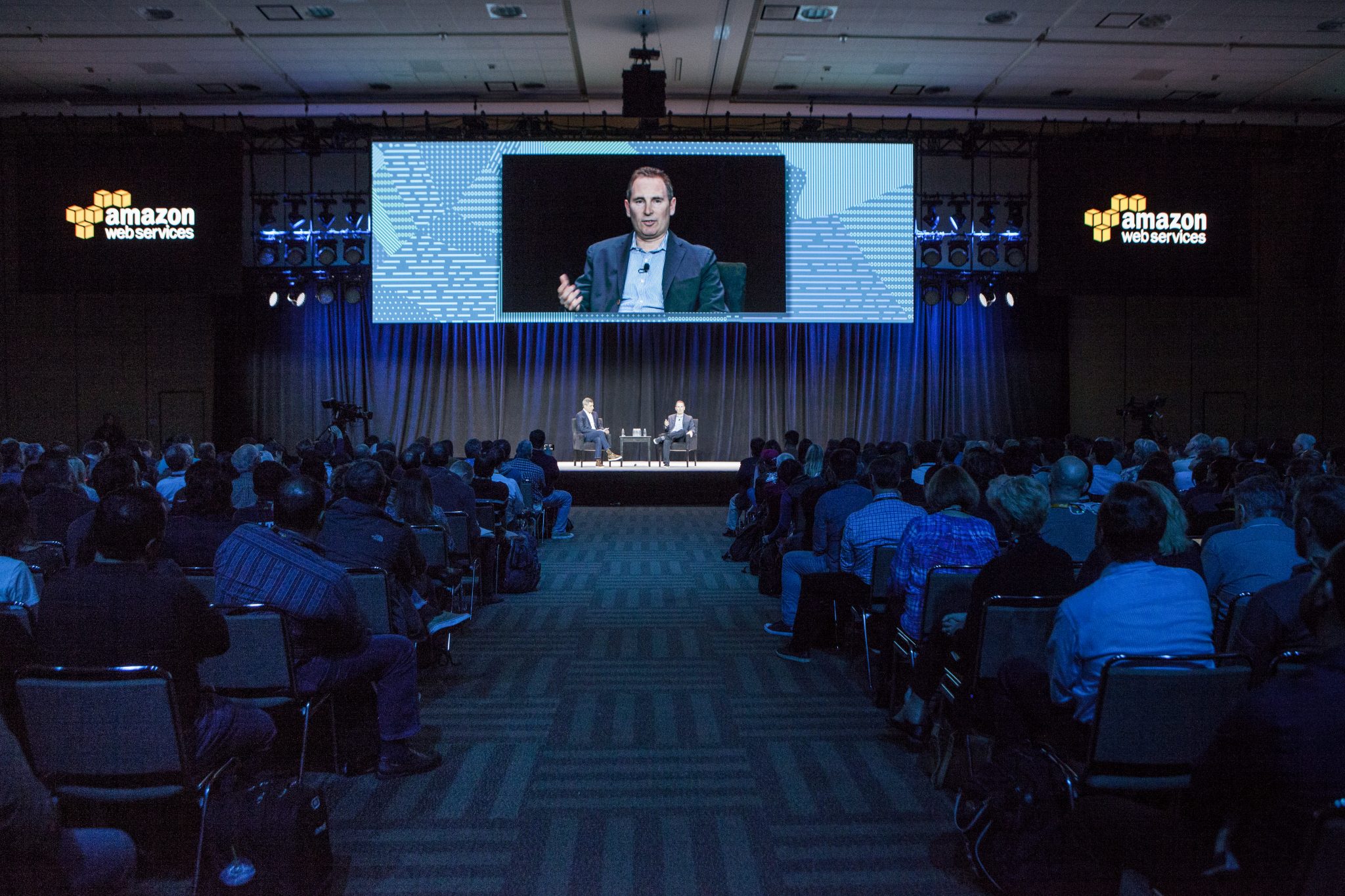Amazon is touring its Amazon Web Services functionality and making announcements along the way. On April 19-20, I attended the AWS Summit in San Francisco where subjects included AWS S3 pricing, CI/CD workflows, and much more. Here is an overview of some announcements and what I learned on Day 1.
For many years, IT has found itself in an ongoing struggle to keep pace with new technology. Business users require vertical applications to meet their particular needs. Mission critical systems demand increased performance and regular advancements in infrastructure. All these systems require staffing, ongoing training, hardware, and software updates.
Startups, websites, app developers, and small businesses often do not want to host any servers at all.
To reduce costs, some so-called hosting providers started popping up. Hosting providers provide the hardware and operating systems to organizations. Those organizations would, in turn, pay a monthly fee to host their apps with these hosting providers.
Placing servers outside your network and onto another company’s infrastructure has the potential for reducing costs, but they are the same Windows and Linux software that require internal staff to update and maintain. While many organizations still want these hosted servers, cloud computing is rapidly changing how we think about infrastructure, software design, and database structures.
What is AWS?
AWS launched in 2006 with a vision of reducing the overall costs of maintaining services in the cloud. Of course, AWS provides traditional virtual machine hosting, but they are tackling bigger issues, like introducing new software programming paradigms, scaling, massive database structures, and much more.
Eleven years after its launch, AWS is a powerhouse in the world of cloud computing. AWS customers range from the smallest of startups with tight budgets to the largest of global organizations. I will report on more of these details in the next article after the keynote, but suffice to say, cloud computing is massive with Amazon running a $14 billion dynamo business unit. Amazon proudly considers themselves the answer to all your infrastructure needs and wants companies to shut down their datacenters and move to their AWS cloud platform.
Amazon is not alone in this market, as Microsoft’s Azure and Google’s Cloud platform continue to gain momentum.
AWS Summit stats

Amazon is holding the Summit at multiple locations around the world. Here are some attendance numbers for the San Francisco Summit I am attending:
Attendees: 7,500
Vendors: 75
Announcements
After speaking with some AWS customers, they tell me Amazon is always pushing out new features or previewing future capabilities. It came as no surprise that a few new features came up at various sessions today.
Serverless announcements

Amazon (and frankly all cloud providers) are talking up so-called serverless architectures. The term serverless sounds like some magical way you can program code without any hardware or server software. Indeed, the technology does not require you create servers, like virtual machines or Docker containers, but you still need to use a cloud provider like AWS to design your serverless apps.
The promise of serverless computing is you create your code into small bits called microservices. These microservices make up your app’s business logic. Rather than writing one big app (what Amazon calls monolithic apps, you break all the functionality and business logic into their smallest parts.
To write a serverless application, you build your business logic with what AWS calls Lambda functions. Lambda functions do anything from updating a database to performing mathematical functions, and anything in between.
A serverless application is more than just Lambda functions. Your app might use S3 for file storage, DynamoDB for a database, API Gateway to call the functions, and Cognito to authenticate users.
As you can see in the following image, Amazon feels customers can use their serverless architecture for nearly any type of application they might want to build.

Here are some of the big announcements Amazon made for serverless computing:
- Any customer can now have up to 600 concurrent Lambda functions, which I understand grows from a previously announced 400.
- Lambda functions now support Python 3.6.
- You can now tag Lambda functions. This is especially useful for identifying what type of function you are using. For example, you can tag a Lambda function is beta, QA, and prod.
- Your Lambda functions now have the ability to create inline Swagger code. I suspect this will be a boon for developers who need to document their functions.
- AWS is available in many cities and countries, but they do not always release all the features at the same time. A big announcement today is the release of Lambda functions in London and Mumbai.
Alexa
You may know Amazon’s Alexa as a home device that can respond to your voice to place orders and listen to music. Alexa can also do things like help you order a car, turn on the house lights, or play voice-enabled games. What you may not know is AWS offers a suite of offerings that let you create Alexa apps, including the ability to use machine learning, voice recognition, and much more.
I only caught one major new addition to Alexa capabilities (there may have been more, but I missed a portion of the session):
- Creating an Alexa app seems to be relatively straightforward with the web interface Amazon provides. Apparently, it was not easy to include testers to try out your Alexa app, so now you can add testers to the solution.
In the next article, I will share everything I learn from Day 2’s sessions, including the keynote address.



